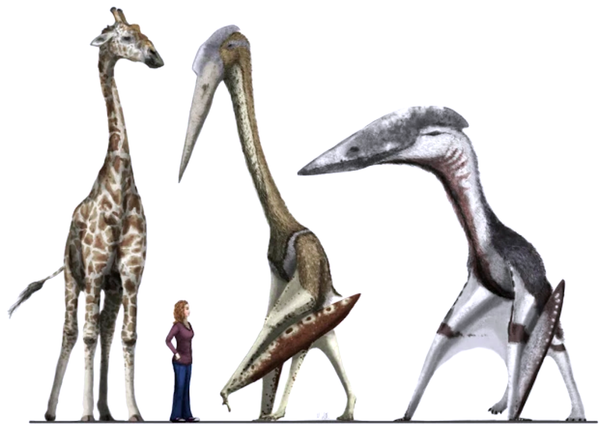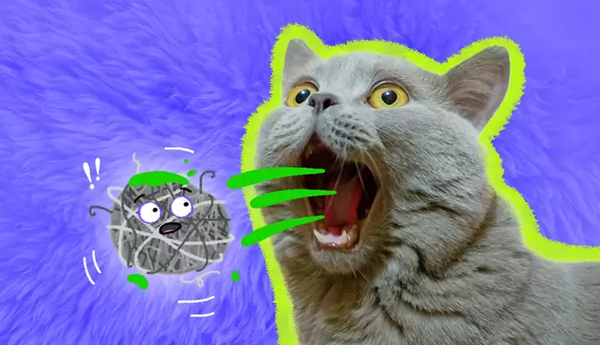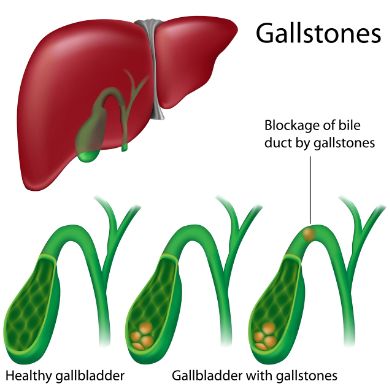Osteoporosis – An Invisible Disorder
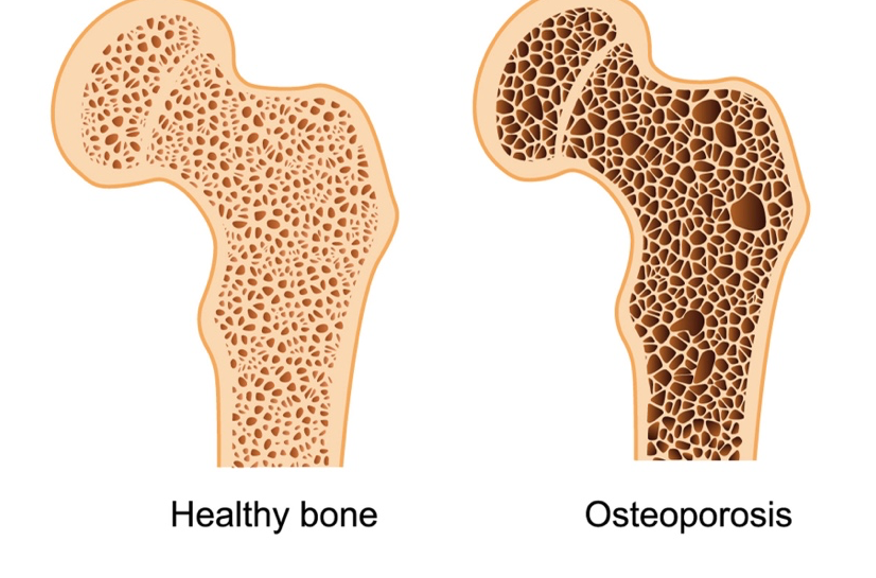
By Medpals
Osteoporosis is a disease that often occurs in the elderly. Calcium and other minerals in the bones are lost with age and frequent usage of the bones, leading to bone density decrease. As the severity of the condition increases, the bones will gradually hollow out, almost like the bones of a bird🐦.
This is why osteoporosis is a "quiet" disease as in most cases, people will only discover its presence when they’ve had a serious fall or such and then thus discover how brittle their bones have become. Unfortunately by this stage, it will usually be very difficult to then try and replenish the bone mass significantly...
"Big deal. What's the harm in having hollow bones? I've even lost weight."
❌Wrong! We will all deal with osteoporosis, but you will be incorrect in thinking it wouldn’t negatively impact your health.
Osteoporosis, just like every undergraduate who has just entered society, grows in force over time until one day you simply cannot ignore its presence. Severe osteoporosis can cause your entire body to become 'brittle', and minor activities or stresses of daily living can easily lead to fractures, with a fatality rate that can be as high as 30%. (And we’re not trying to scare our dear readers here, but would simply like to point out we should never take warning signs our bodies send out lightly😟.)
So what exactly is osteoporosis?
Specific Pathology
Common causes:
1. accumulation of calcium deficiency and other micronutrient supplements (bone mass is lost increasingly more rapidly with age, so middle-aged and elderly people should consult their doctors and consider taking relevant supplements such as calcium tablets)
2. Decline in sex hormone (estrogen/androgen) levels (often occurs during menopause)
3. Prolonged bed rest and zero exercise (Yes you! Students/teachers! Regardless of how busy you are, you couldn’t be busier than Mark Zuckerberg, who works out about 3 times per week which is likely more than most of us. Even if you are incredibly busy, remember to take some time to exercise every day, even if it's for a walk... Exercise can promote bone growth!)
4. Staying indoors for an abnormally long period (Don't be too obsessed with covering every inch of your skin from the sun; extreme over-avoidance of sunlight can lead to calcium loss and make you shorter! Human bones are closely related to vitamin D, and most of it is synthesized through UV light~)
Related Symptoms
Symptomatically, there are no overt symptoms of osteoporosis :), so theoretically you won’t be able to feel if something is wrong with your bones :(
However, on top of that, symptoms of osteoporosis may include:
1. easily broken/cracked bones, mostly in the lower back, cervical spine and wrist areas
2. back pain (bone pain) / fatigue
3. not correctable/hard to correct hunchback
4. Shortened height
(If you experience these symptoms regularly, you should probably visit a doctor soon! 🩺🧑⚕️)
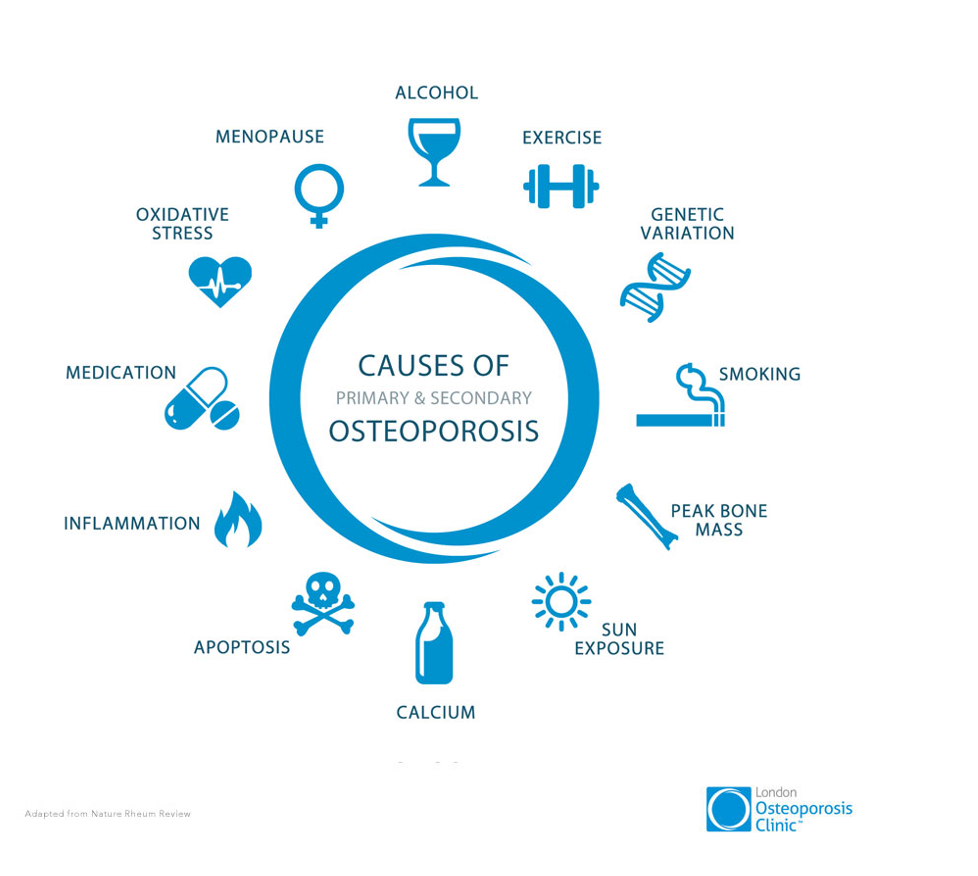
Treatment Courses
Currently, available drugs for the treatment of osteoporosis mainly include bone formation promoters, bone resorption inhibitors and bone mineralization promoters, but they all have certain side effects or limitations, so prevention and management of bone health are incredibly important for osteoporosis.
-Current clinical treatments usually include increased calcium supplementation to reduce bone resorption, a combination of osteogenic drugs, mineralization-promoting vitamins, and, if necessary, surgery. However, there is not a single drug that can radically ‘cure’ osteoporosis. It is now recognized that the prevention and treatment of osteoporosis should start with a scientific diet and moderate exercise.
-In addition to calcium, the supplementation of other elements is also very important for bone health: (a balanced diet!)
Ø Magnesium: facilitates the deposition and metabolism of calcium in bones
Ø Zinc: promotes the proliferation and activity of bone cells, accelerating the calcification of new bone cells
Ø Copper: enhances osteoblast activity and promotes collagen formation
Ø Manganese: promotes the process of ossification and reduces the risk of osteoporosis and fracture
Ø Protein: Vitamin C, Vitamin K: synthesize bone collagen, maintain bone toughness
-A certain amount of exercise load is needed to produce a certain stimulation of the bones, especially for those with a low bone mass inherently, to promote bone growth and preservation; although overload exercise can have a negative effect
-Exercises that are beneficial for increasing bone density include: running, jumping rope, basketball, badminton, stair climbing, lifting dumbbells, squatting, etc., allowing calcium to be absorbed and deposited into the bones. (If you're currently lying in bed or sitting while swiping on your phone, lift your legs and move those joints! If you're lazy, your cells will only get "lazier", and they'll fade away as they think they're not "valued" by their owners! 🫠)
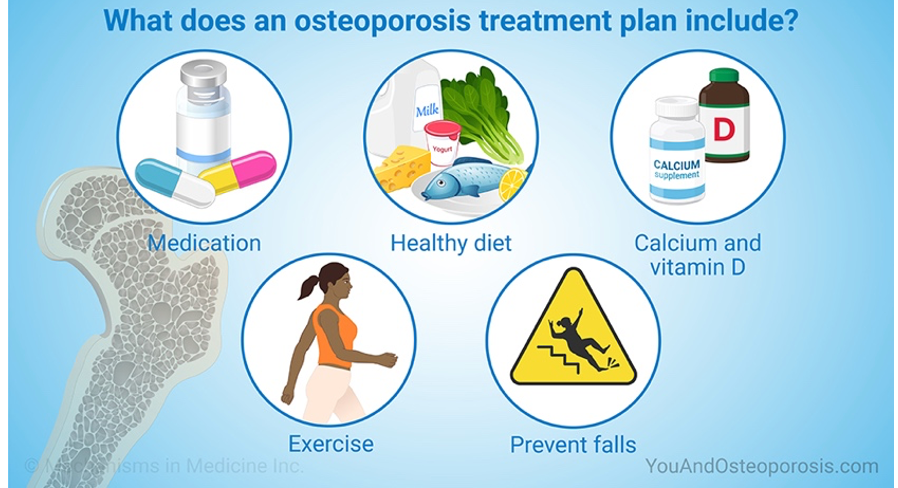
How is it diagnosed?
After gaining a basic understanding of the specific pathology of osteoporosis, let's take a look at the early signs of osteoporosis so that you’ll learn when to seek medical attention in time!
Early Signs:
Most of the early warnings of osteoporosis are presented as pain, and patients may experience
1) frequent muscle cramps and abnormal contractions in the absence of stimulation or exercise
2) back pain, feeling extra burdened
3) general fatigue, feeling crushed under an invisible weight (the daily state of life for IB students 🤣😝)
Mid-term symptoms:
1) suffering from nighttime pain caused by decreased bone strength and inflammatory factors that don't go away even with plenty of rest
2) skeletal pain, especially with weight bearing
(3) diffusing generalized bone pain, resulting in limited mobility and possible inability to take care of oneself
Severe Symptoms: (Every sign your body sends is a silent warning to you! Don't wait until it's too late to pay attention)
1) Easy to fracture, mainly in the thoracolumbar spine, brittle fractures under the slightest external force
2) Deformity of the spine, which may be severe enough to affect cardiopulmonary function, increasing the likelihood of lung infections, and leading to abdominal compression
3) Hunchback due to spinal deformation (main reason why some middle-aged and elderly people have "height regression")
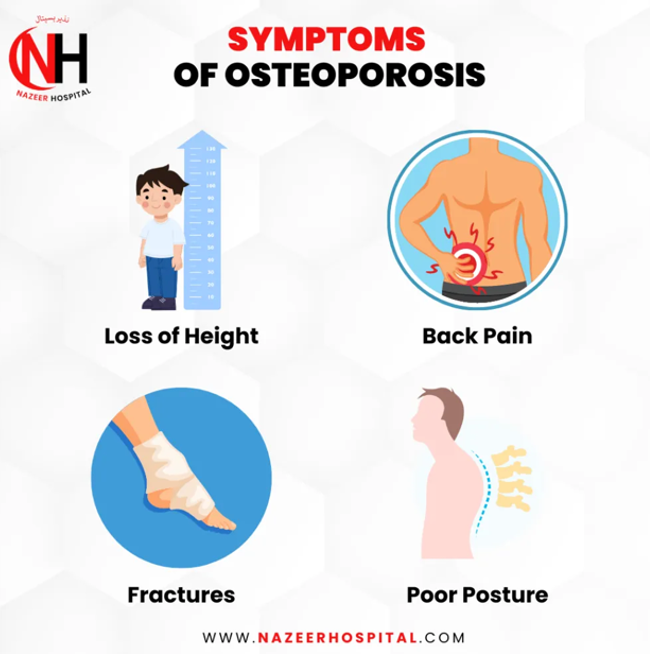
Summary
No one can determine their genes (so far). For different certain conditions, we may each unfortunately have a greater probability of developing it than others. But! No disorder is developed in a single day, and the bad habits of our daily lives greatly increase our likelihood of developing a myriad of diseases.
So, the two morals of the day are
🩺 Attend your regular health checks seriously, seek medical attention when needed (without being overly anxious ❌🥵)
and
❤️🩹Take good care of your body!



